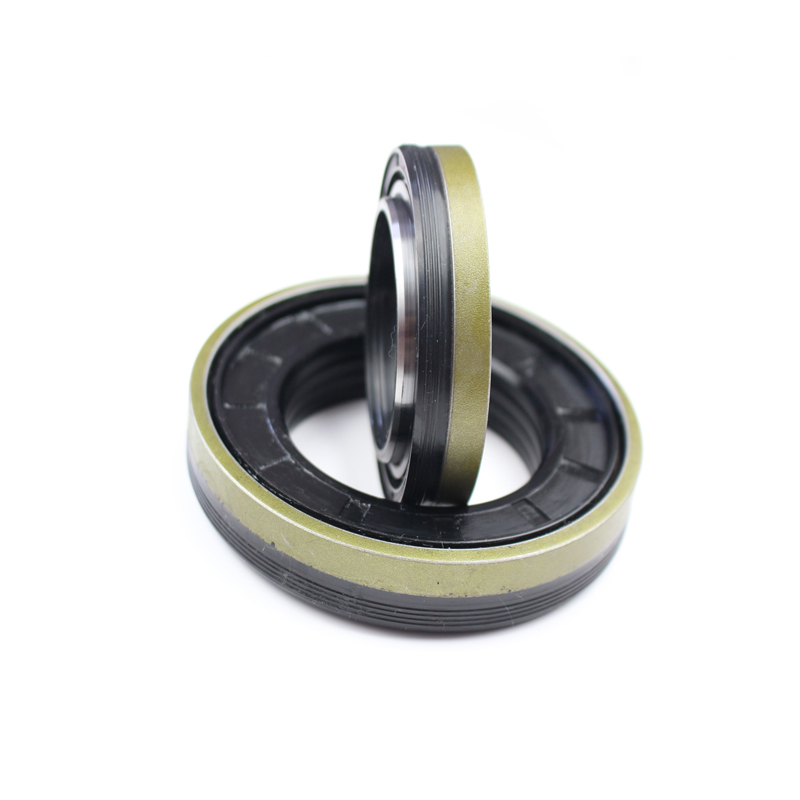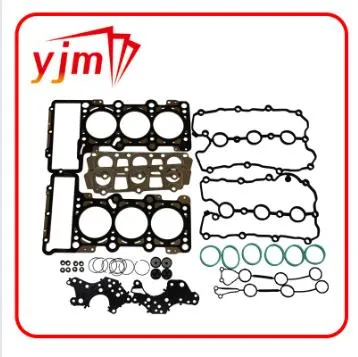YJM Oil sump gasket 11 13 7 511 224


4. Clean Residual Gasket Material Once the pan is removed, meticulously clean both the pan and the engine block surfaces of any old gasket residue using a scraper and brake cleaner. A clean surface is crucial for the new gasket's effectiveness. 5. Inspect the Oil Pan Before reinstallation, inspect the oil pan for damage or warping. Any defects identified should be rectified or deemed appropriate for replacement. Reinstallation and Ensuring a Tight Seal 1. Apply Gasket Sealant Apply your chosen gasket sealant on the oil pan's designated area according to the product instructions. This step ensures an additional sealing layer to the new gasket. 2. Position the New Gasket Carefully position the new gasket onto the oil pan, ensuring alignment with bolt holes. Attention to detail here prevents future leaks and ensures the long-term performance of the seal. 3. Secure the Oil Pan Attach the oil pan to the engine block, carefully inserting and tightening bolts in the recommended sequence and torque specifications. Over-tightening can lead to a compromised gasket, so a torque wrench is essential. Final Checks and Test-Run After securing the oil pan, refill the engine with oil to the appropriate level as per manufacturer advice. Reconnect the battery and allow the engine to run momentarily, checking for leaks under the vehicle. Any excessive oil drips indicate a need to re-torque the bolts or check gasket placement. The Authority of Consistent Maintenance Beyond replacing your oil pan gasket, regular checks of the engine’s oil system can prevent severe issues. Continuous maintenance suggests professional expertise and also preserves vehicle integrity over time. It's prudent to establish a vehicle care routine that includes monitoring oil health, reinforcing both trust and reliability in your vehicle’s operation. By utilizing the right tools, following meticulous instructions, and relying on expert knowledge, removing and replacing an oil pan gasket becomes an attainable task even for those with limited mechanical experience. The confluence of preparation, precision, and persistence underscores successful automotive maintenance, cementing your role as a trustworthy and informed vehicle owner or mechanic.
-
The Ultimate Guide to Boat Propeller Bearings and Trailer Wheel Bearings
News Jul.31,2025
-
The Essential Guide to Marine Bearings and Boat Trailer Wheel Bearings
News Jul.31,2025
-
The Complete Guide to Heavy Duty Seals: Protecting Doors and Spaces Efficiently
News Jul.31,2025
-
Essential Guide to Marine Shaft Bearings and Boat Trailer Axle Bearings
News Jul.31,2025
-
Comprehensive Guide to Marine and Trailer Bearings for Safe Boating and Transport
News Jul.31,2025
-
Comprehensive Guide to Automotive Oil Seals: Protecting Your Engine and Shafts
News Jul.31,2025
-
Understanding Automotive Oil Seals: Essential Components for Engine and Shaft Protection
News Jul.30,2025
Products categories















